Menu
‘Goodbye Yellow Brick Road’ – 40th Anniversary
The album that starts with a funeral and ends with “hello”.
The determination of any musician’s “best” album will forever be debated, but it can certainly be said that Goodbye Yellow Brick Road is Elton John’s most identifiable work, most popular studio recording and the anchor of his four-decade deep catalogue.
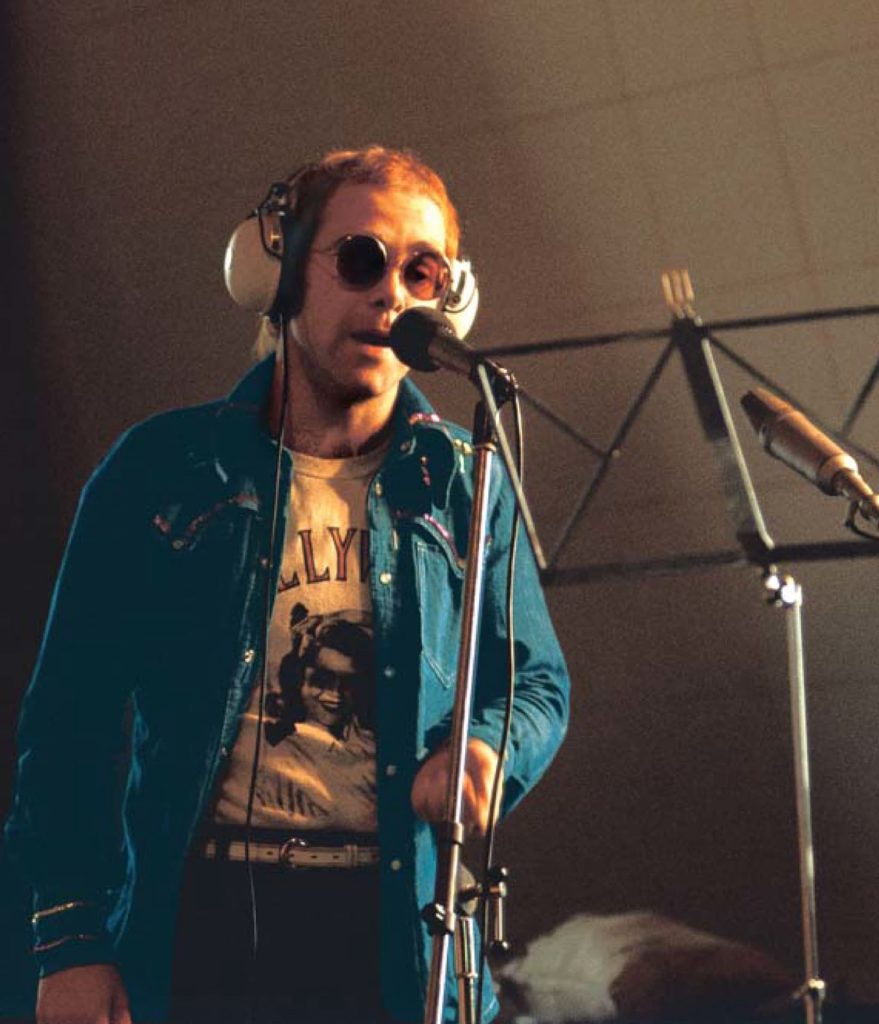
Recording
Originally, the location selected for recording Elton’s seventh album was Dynamic Sound Studio in Kingston, Jamaica. The Rolling Stones had recently recorded Goats Head Soup there, and the facility looked very appealing to Elton and producer Gus Dudgeon for a variety of reasons.
“In Jamaica I hope to be cut off and uninterrupted”, Elton said in an interview with NME’s Danny Holloway in early 1973. “Gus went to have a look at the studio and spoke to Charlie Watts, and he says it’s really conducive to hard work. … [Studio owner Byron Lee] said we’d have to go there to really appreciate the feel.”
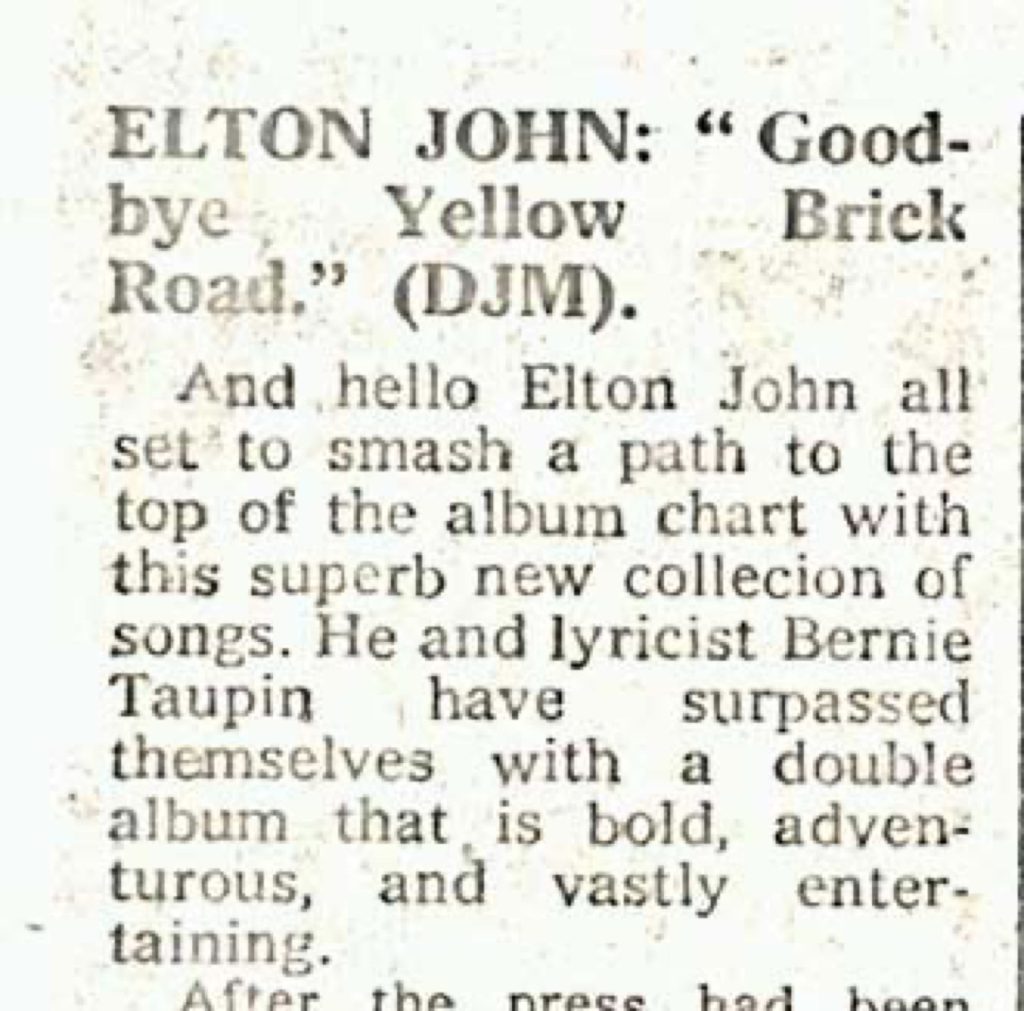
Release & Reception
Goodbye Yellow Brick Road was released on October 5, 1973, on MCA Records in the US and Canada, and on DJM Records in the rest of the world.
The album entered the Billboard Top 200 chart on October 20, 1973, at #17. Within a month it had reached #1 where it sat for eight weeks. It stayed in the Top 10 for 9 months and maintained a position on the Top 200 chart for an astounding two years.
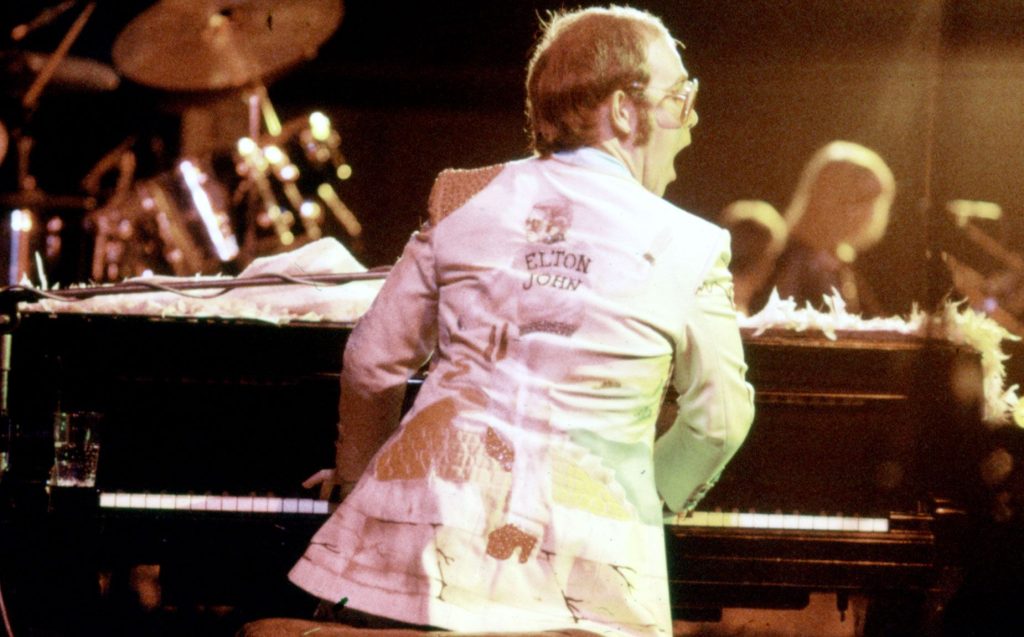
In Concert
Since the recording of Goodbye Yellow Brick Road, Elton’s concerts have consistently featured a number of its songs.
Starting with Elton’s infamous concert at the Hollywood Bowl on September 7, 1973 (a month before the album was available in stores), Saturday Night’s Alright (For Fighting) and Goodbye Yellow Brick Road have appeared in the set list on a regular basis.
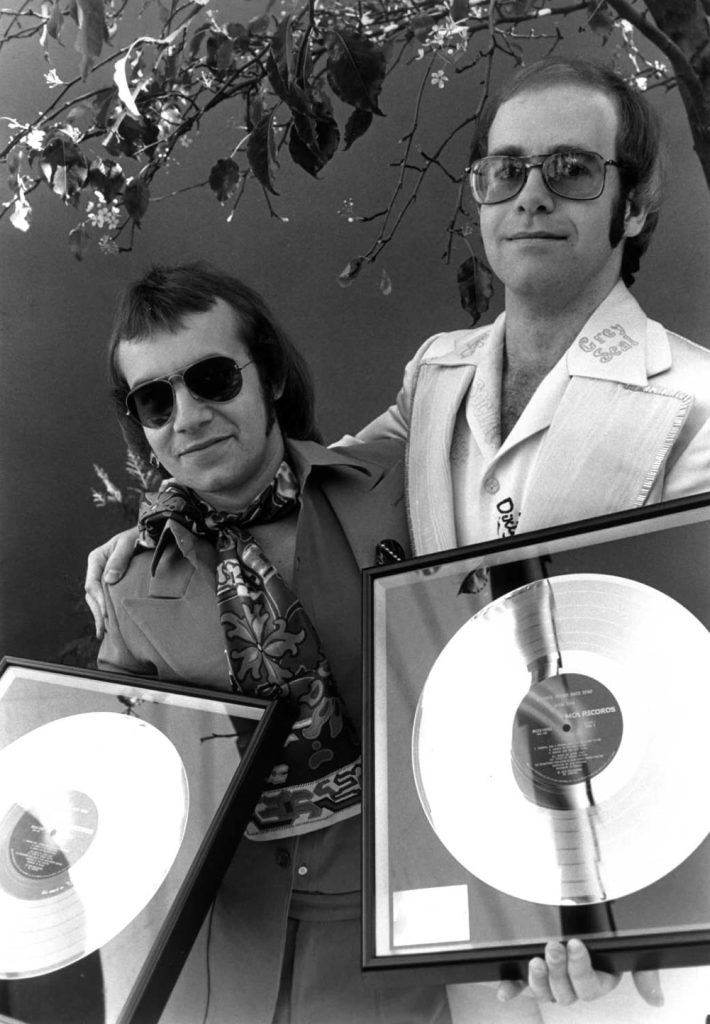
To celebrate the 40th Anniversary re-issue of Goodbye Yellow Brick Road, EltonJohn.com further delved into the creation of the album with a number of exclusive interviews and features.
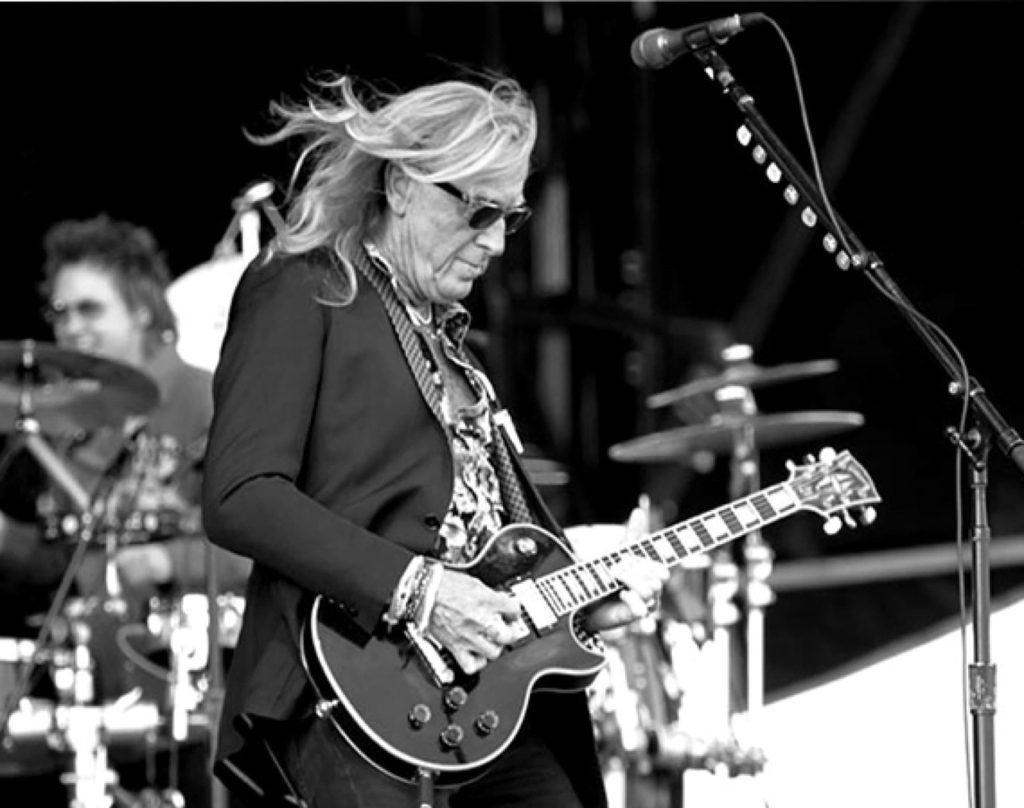
September 25, 1973
Stevie makes a surprise appearance during Elton’s concert in Boston, Massachusetts…after making a surprise appearance on Elton’s tour jet earlier in the day.
Joining the entourage traveling north from New York City, Stevie sits down as the Starship’s “cocktail organist” and plays a medley of Elton hits, including Crocodile Rock, much to Elton’s astonishment.
Later that evening, Elton pauses his show at Boston Garden to say, “A friend of mine is here tonight, he was badly hurt in an accident some time ago…”, but before he can continue, the 15,500 in attendance catch on and drown out the rest of the introduction. An electric keyboard is wheeled out on stage to a standing ovation and the pair jam on the Rolling Stones’ Honky Tonk Women and Stevie’s own Superstition. This impromptu performance is later noted by Stevie as the beginning of his public recovery from a near-fatal automobile accident in August.
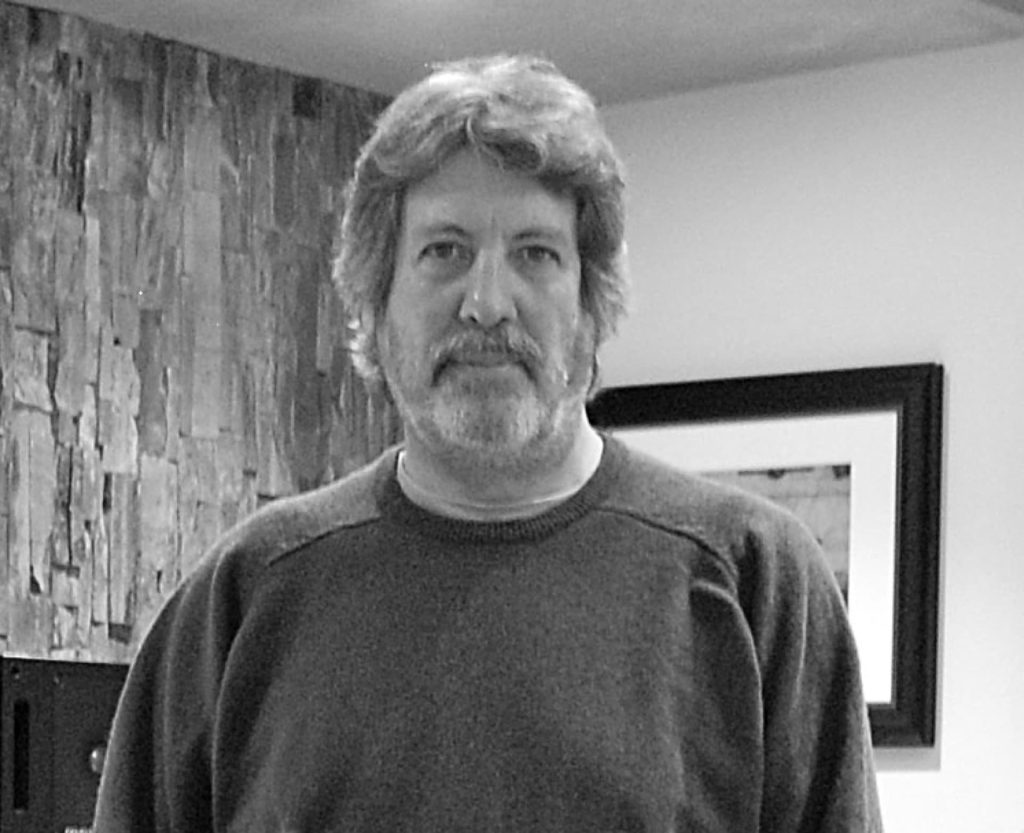
David Hentschel
In May of 1973, engineer David Hentschel went to the Château d’Hérouville in France to work on the Elton John sessions that would eventually become Goodbye Yellow Brick Road.
In honour of the 40th Anniversary release of that landmark album, EltonJohn.com spoke with David about his role as an engineer as well as other aspects of the project.
